This blog is the second one requested by Barbara Matthias, a reader of my blogs, who had actually met the artist, and, like the previous one about Rudolf Bonnet, it is about the life and artwork of a painter who spent the latter half of his life on the Indonesian island of Bali. Let me introduce you to Adrien-Jean Le Mayeur de Merprès, a self-declared impressionist.
City view with boats in the canal by Adrien-Jean Le Mayeur de Merprès
Le Mayeur was born on February 9th 1880 in Ixelles, a municipality of Brussels which lies to the south-east of the Belgium capital. He was the youngest of two brothers born to Andrien Le Mayeur De Merpres, a marine artist, and his wife Louise Di Bosch. During his early years Jean studied painting with the French artist, Ernest Blanc-Garin as well as being tutored by his father. His father wanted his son to receive an all-round education and had him enrol at the Polytechnic College of The Université Libre de Bruxeles, where he studied Architecture and Civil Engineering. However much to the horror of his family, Jean decided to forego all that he had learnt at the polytechnic and pursue his love of painting and his favoured genre of landscape painting in the Impressionistic style, depicting Belgian landscapes in hazy hues.

Tahitian Women on the Beach Gaugin’s Tahitian painting (1891)
In 1914, now in his thirties, with the outbreak in Europe of the Great War, Jean was enlisted as a war-time painter and photographer. During the conflict he was affectedly badly by the carnage of the war and this could have been one of the reasons why he decided to leave Western “civilisation” and find solace in the exotic worlds which he had seen in the works of the French post-impressionist artist Paul Gauguin.
Two Women on the Beach, Tahiti, by Adrien-Jean Le Mayeur de Merprès
Jean had also acquired an insatiable appetite for travel. In the early 1920s he visited Italy, North Africa, India, Cambodia, Burma, Madagascar and Turkey, all the time transferring his thoughts and what he saw onto canvas. In a way these extensive travels were Jean’s way of searching for paradise and like Paul Gaugin, who had visited the Pacific island of Tahiti in June 1891, he too arrived on the Pacific island in 1929. Jean Le Mayeur was disappointed with Tahiti as it was now far more commercialised than it was in Gaugin’s day and so Jean discounted Tahiti as being the promised land and instead decide to travel to south-east Asia and in 1932 he embarked on his first voyage to the “island of the Gods”, Bali.
An Arab Market by Adrien-Jean Le Mayeur de Merprès
After a long sea passage, Le Majeur arrived at Singaraja, a port town in northern Bali. From there he travelled south and rented a house in Banjar Kelandis, close to the northern part of Denpasar, the island’s main town. He was captivated by the Balinese people’s traditional way of life, the temple ceremonies and the local dances such as Legong, which is a form of Balinese dance that is characterized by intricate finger movements, complicated footwork, and expressive gestures and facial expressions. For Le Mayeur, Bali was an ideal place to paint because of its light, colour and the exquisiteness of the surroundings in what was still a quite an unspoilt island.

Harbour of St Tropez by Adrien-Jean Le Mayeur de Merprès
From his love of watching the Legong dancers Le Majeur met a beautiful fifteen-year-old Legong performer, Ni Nyoman Pollok and he persuaded her to model for his paintings. In 1933 he had put together a collection of work featuring Ni Pollok, which he took to Singapore for an exhibition. The exhibition was a great success and it resulted in him being more widely known. On returning from Singapore, Le Mayeur purchased a plot of land at Sanur beach, a coastal stretch east of Denpasar in southeast Bali. There, he built a house, which was also his studio and a beautiful garden. It was here that Ni Pollok along with her two friends worked every day as his models.

Three Dancers in the Garden by Le Mayeur by Adrien-Jean Le Mayeur de Merprès
In his painting entitled Three Dancers in the Garden we see three graceful dancers. The setting of the depiction is in the garden in front of the house Le Mayeur and his wife Ni Pollok built on the beach of Sanur. Almost the whole of the background is taken up by the white house with its thatched roof and blue and white window shutters.
Their house at Sanur was depicted on a number of occasions by Le Mayeur. In one of his letters to a friend he recounts his love for the property:
“…I’ve evidently made all things serviceable to my art. All my actions have but one purpose: facilitating my work…”
In another, he talks about how he is inspired by the house:
“…you will understand my paintings wherever you may see them, for everything in this little paradise which I created for myself was made to be painted”…”
Again, in yet another letter he writes about his love for the garden:
“…I organized my home exactly as I liked it. I intended to surround myself with nothing but beauty. I planted a mass of bougainvillea, frangipani, hibiscus and all around the cottage I put groups of intertwining plants. I built little temples, completely made of white coral, dug little ponds in which the reflections of all the Gods of Hindu mythology can be seen among the sacred lotus flowers. The two temples are surrounded by approximately two hundred of these little sculptures, which have integrated with the flowers whose silhouettes are drawn on the purple and pink tropic skies…”
Le Mayeur and Ni Pollok
It is fair to say that Le Mayeur was smitten by the beauty of the island and the beauty of Ni Pollok. His original intention had been that he would just stay on the island for eight months but as that time came to an end he took the decision to remain in Bali for the rest of his life. After three years working together, in 1935, Le Mayeur and Ni Pollok got married. Le Mayeur kept on painting with his wife and her friends as his models during their married life. During the Japanese occupation of the Dutch East Indies in 1942, Le Mayeur was put under house arrest by the Japanese authorities.

Around the Lotus Pond by Adrien-Jean Le Mayeur de Merprès
Many of Le Mayeur’s paintings depicted scenes in and around their house. The subjects were varied such as women at leisure on a daybed in the interior of the house; women weavers at the loom; women on the veranda or women dancing on a terrace; women in front of the house or in the garden picking flowers or making offerings but one of his favourite depictions was of women dancing around the lotus pond in his garden. In this painting, Around the Lotus Pond, which Le Mayeur completed in the 1950s, we see the pond around which are six young women picking flowers. It is thought that Ni Pollock posed for all the women. Le Mayeur strived to make his paintings colourful and in this work the hues of red, purple, orange and pink dominate the painting and are in contrast with the darker colour of the pond and its water which we see in the lower left of the picture.

Ni Pollok with a friend enjoying the Afternoon Sun
by Adrien-Jean Le Mayeur de Merprès
During the war, tourism had totally disappeared but at the cessation of hostilities tourism to the island slowly returned. The island’s tourists would often visit and look around Le Mayeur’s home and studio in Sanur and took the opportunity to buy his artwork. Returning home with their purchasers enabled Le Mayeur’s works of art to become part of many collections. Although Bali was undoubtedly a scenic paradise, one of the downsides of living on the island was the possibility of contracting malaria and le Mayeur often suffered from bouts of the disease which weakened him. A riding accident in 1948, resulted in the then sixty-eight years old artist to suffer a broken leg from a fall from his horse, Gypsy, and after that incident, probably because of his age, he never ever really recovered and had always, from then on, to use a cane when walking. In 1951 the aging artist was attacked by a group of robbers and thanks to the effort of his wife Ni Pollok, they managed to fight off the intruders. However Le Majeur received a large stab wound in the shoulder during the attack. Five years later he suffered with a hernia. Despite all these negative happenings, Le Mayeur managed to keep focused on his work and maybe the highly colourful works he produced radiated the sunny side of his and Ni Pollok’s life.

Five women on the Beach by Adrien-Jean Le Mayeur de Merprès
In 1958, seventy-year-old Le Mayeur had to travel to Brussels with his wife for treatment for cancer of his ear. Sadly, the illness was diagnosed as being terminal and the painter died on May 31st, 1958, aged 78. and was buried in Ixelles, Brussels. Ni Pollok later married an Italian physician who was living on the island but like many foreigners, during the troubles in Indonesia, he had his residence permit revoked and was obliged to leave the country. Ni Pollok stayed behind on Bali.

A room in Le Mayeur’s house, now a museum, in Sanur
The will of Le Mayeur had stated that Ni Pollok was allowed to live in the house in Sanur and she resided there up to her death in 1985. Subsequently, the house and its contents, including a hundred paintings by Le Mayeur, were then donated to the Indonesian government and the house was converted into a museum.
































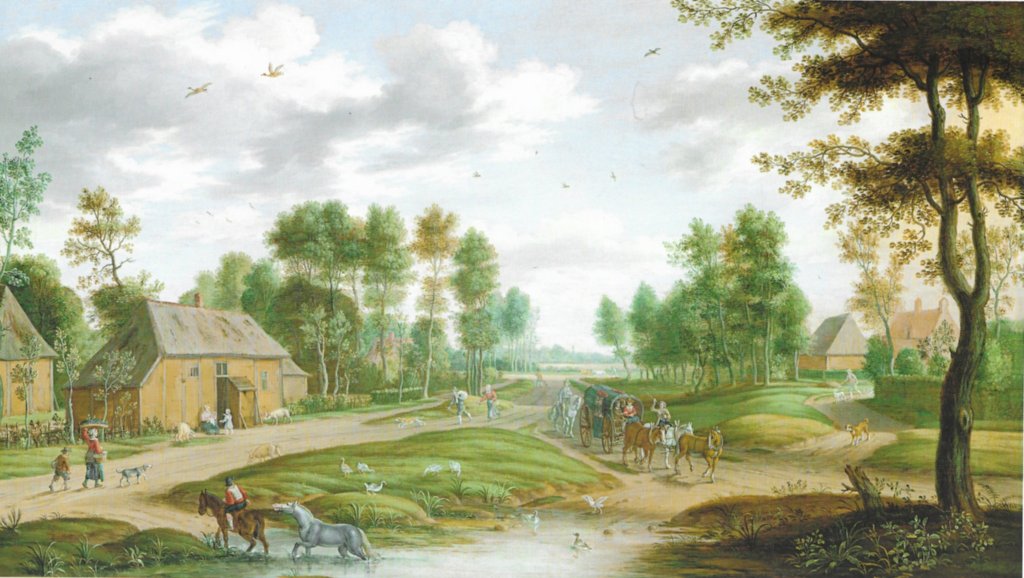
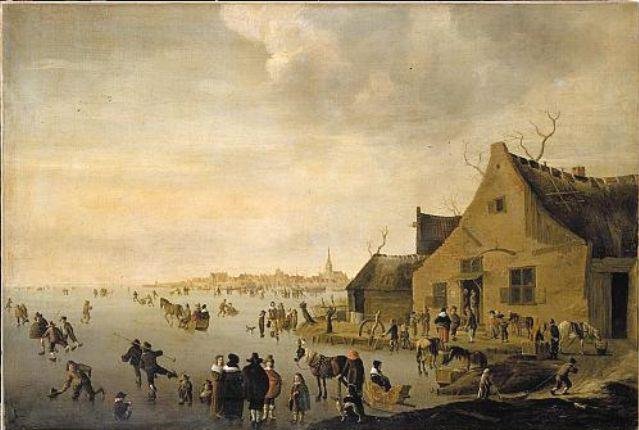
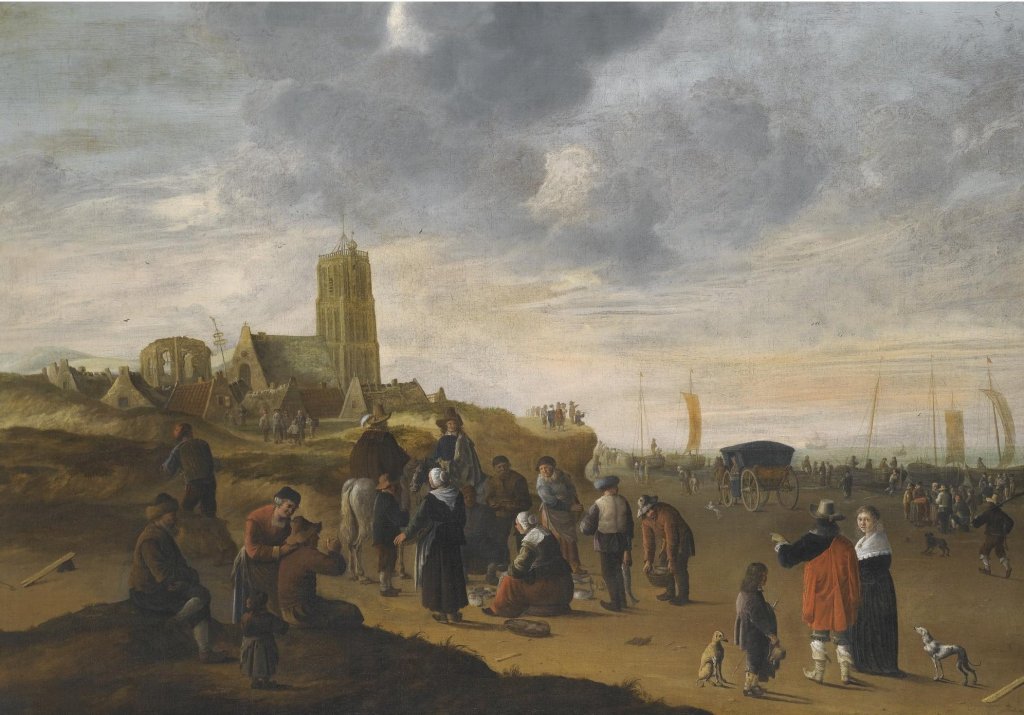
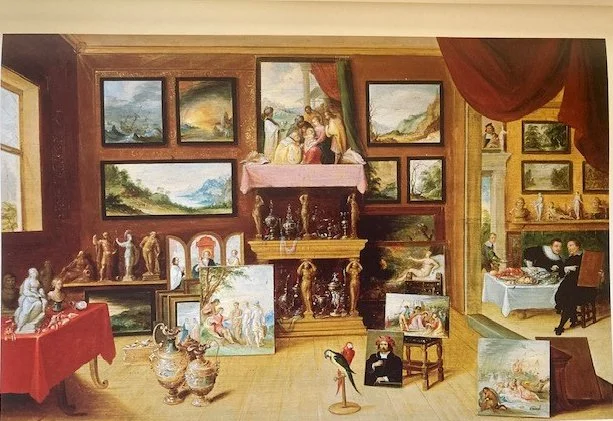
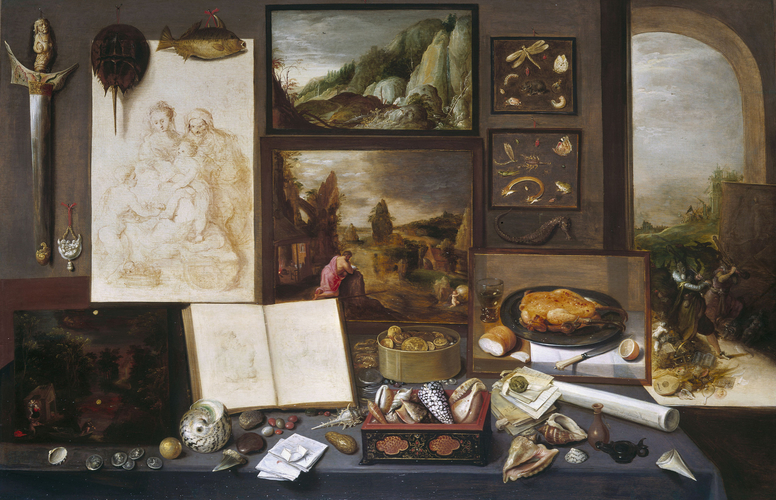

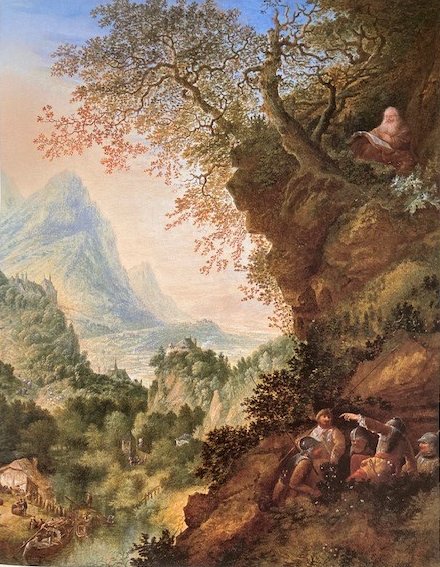
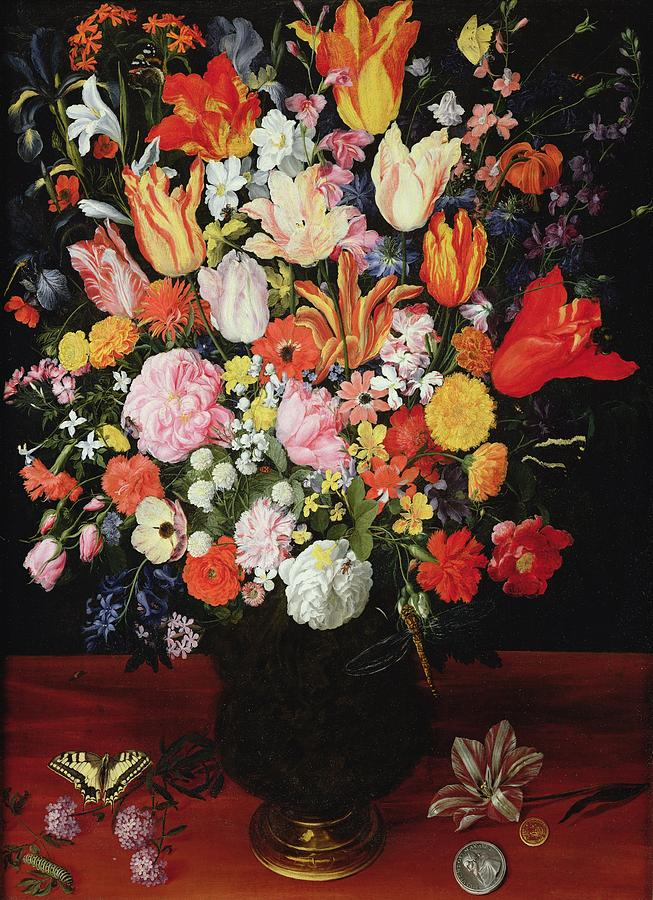
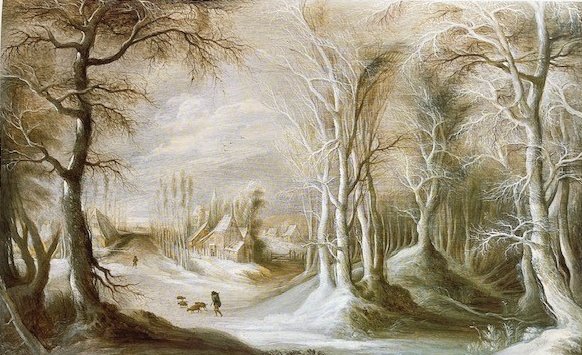
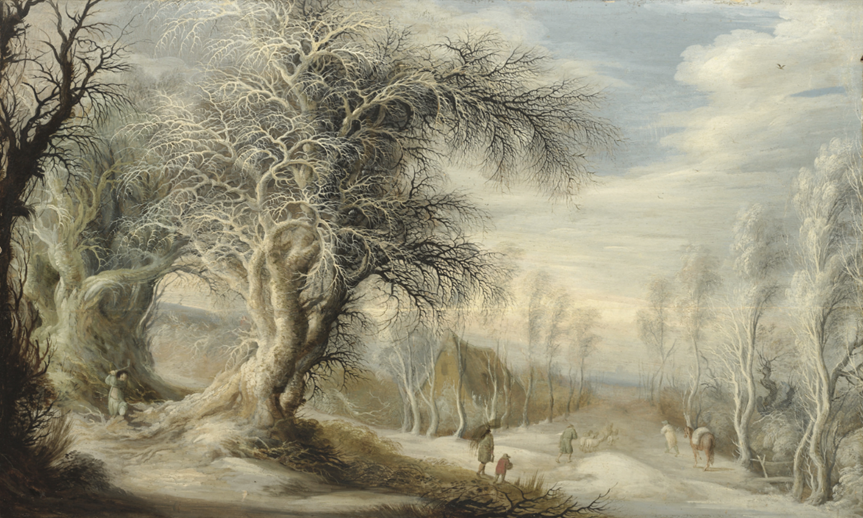





















 The Vanitas work above by Collier is housed in the Denver Art Museum. This one, although having a number of Vanitas symbols, does not have a skull. Look at how Collier has given through this work the idea of it being 3-D when we know it is simply a 2-D painting. Such “artistic trickery” is known as trompe d’oeil (trick of the eye).
The Vanitas work above by Collier is housed in the Denver Art Museum. This one, although having a number of Vanitas symbols, does not have a skull. Look at how Collier has given through this work the idea of it being 3-D when we know it is simply a 2-D painting. Such “artistic trickery” is known as trompe d’oeil (trick of the eye).









































